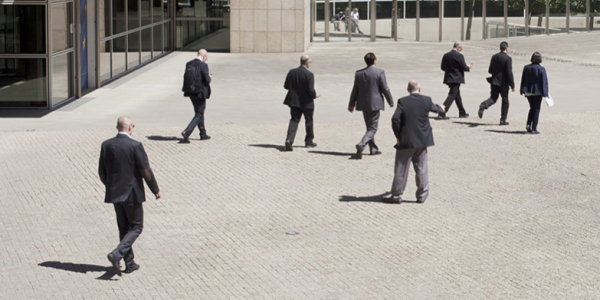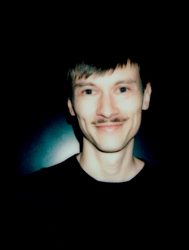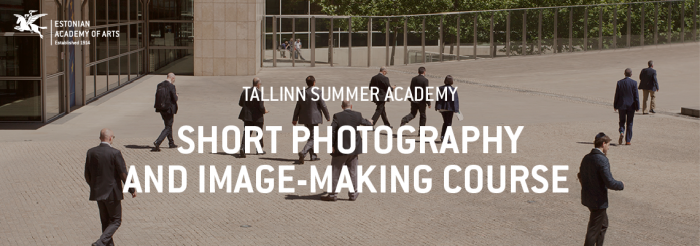
Focus on Visual Recognition and AI-related Technologies
This short course will explore how visual recognition and AI-related technologies are changing the discourse of photography, challenging the traditional boundaries of the medium. Empowered by machine learning, visual recognition systems are entering the sphere of everyday life. From student dorms equipped with facial recognition in China to privately-owned surveillance systems in the US and UK, the technology is being rapidly deployed in a global rise of biometrics. What this transformation – and the resultant streams of endless machine-made images – offers is some innovative ways to think about the practice of image-making.
The course will provide students with the historical background of facial recognition and an opportunity to test and discuss some of the new technological features, as well as ask why and in what ways do these developments matter? Specific attention will be given to some of the problematic aspects of biometric surveillance and various ways artists are using new systems to produce meanings that challenge the dominant political discourse.
This course is meant for photography and visual arts students and those interested in the current technological developments in image-making, as well as their political, social and cultural implications.
Learning outcomes. The learner is:
- able to critically comprehend a range of issues relating to technological, social and political aspects of visual recognition and artificial intelligence;
- aware of the complex relationships between machine seeing and broader cultural, political and economic context as well as the history of 19th century facial recognition discourse;
- familiar with some of the socially contentious aspects of biometric surveillance and prejudices in-built in the current systems of facial recognition.
Assessment: the course ends with written essay (pass-fail evaluation).
Topics to be discussed:
– Visual recognition technology, apps and programmes using it and current development.
– Politics of (technological) vision and machine seeing.
– The historical context of 19th century facial recognition discourse, as well as current research.
– The idea of pre-crime prevention and problematic aspects of biometric surveillance: prejudices in-built in the current systems of facial recognition and the “right to remain anonymous”.
– Artistic series that use – and comment on – current technology and ways of resisting visual identification.
Supervised by Paul Paper.
Paul Paper is a curator, artist and researcher working at the intersection between technology and various practices of image-making. He co-curated This is It/Now (2015) – the first art exhibition that took place on Snapchat.
He is also the editor of Too Good to be Photographed (Lugemik, 2017) – a publication exploring the intricate relationship between photography and failure through the works of 47 artists. Paul’s experimental photography books are held in various collections including MoMA, MACBA and Met Museum libraries, Design Museum Denmark, Clark Art Institute, Oslo National Academy of the Arts and others.
He is currently editing an upcoming issue of Fotografija magazine, dedicated to exploring how the traditional boundaries of photography are being challenged by AI-related technologies.

PRELIMINARY TIMETABLE
Thursday, 16 August
- 10.00 – 11.30 Lecture 1
- 11.30 – 12.00 Coffee break
- 12.00 – 13.30 Lecture 2
- 13.30 – 14.40 Lunch break
- 14.50 – 17.00 Seminar & Discussion session
Friday, 16 August
- 10.00 – 11.30 Lecture 3
- 11.30 – 12.00 Coffee break
- 12.00 – 13.30 Lecture 4 and/or Seminar
- 13.30 – 14.40 Lunch break
- 14.50 – 17.00 Feedback session
Dates: 16-17 August 2018
Volume: 12 hours + 14 independent work hours, 1 ECTS
Location: Room N-307, Nova house, Tallinn University campus, Narva mnt 27, Tallinn, Estonia
Cost: 290 €
Limited places still available.
Curriculum classification (ISCED): Arts and humanities, interdisciplinary programmes
Register HERE
Information: summeracademy@artun.ee / +372 5919 9496

